
Veterinary matters and a hospital appointment caused a slight delay to the potential commando like raid across the Marches border. In an almost inaudible whisper the Duke of Gilfach Cynon confirmed with sinister undertones that “Operation K-i-l-p-e-c-k is on this afternoon”. That was all he said in a brief telephone conversation which included the rendezvous time – providing a short ‘window of opportunity for a light lunch. We didn't know how dangerous the mission was likely to be or when we would have the opportunity to eat next!
After leaving the safety of the Principality we carefully edged our way over the border, through Pontrilas and stealthily completed the short distance to the village of Kilpeck, attempting to ensure that the reconnaissance exercise continued to operate under the radar of the tracking stations.
 As we arrived at the destination there were a few quizzical looks from the Home Guard, who at the time was washing the armour plated Robin Reliant outside the church. We appeared to dissolve into thin air in front of this sentry as he continued to ignore our presence behind the heavily disguised 'yellow' three wheeled military machine. I'm afraid that his innocent looking activities didn't fool us into a false sense of security!
As we arrived at the destination there were a few quizzical looks from the Home Guard, who at the time was washing the armour plated Robin Reliant outside the church. We appeared to dissolve into thin air in front of this sentry as he continued to ignore our presence behind the heavily disguised 'yellow' three wheeled military machine. I'm afraid that his innocent looking activities didn't fool us into a false sense of security!Kilpeck Church was built around 1140, and may have replaced an earlier Saxon church at the same site. The oval raised form of the churchyard is typical of even older Celtic foundations. Around the 6th and 7th centuries the Kilpeck area was within the British kingdom of Ergyng, which maintained Christian traditions dating back to the late Roman period.
 The plan of the church with a semicircular apse, is typical for the Norman period. At the time the current church was built, the area around Kilpeck, known as Archenfield, was relatively prosperous and strategically important, in the heart of the Welsh Marches. The renowned carvings in the local red sandstone are remarkable for the number and fine preservation, particularly round the south door, the west window, and a row of corbels which run right around the exterior of the church under the eaves. The carvings are all original and in their original positions. They have been attributed to a Herefordshire School of stonemasons, probably local but who may have been instructed by master masons recruited in France.
The plan of the church with a semicircular apse, is typical for the Norman period. At the time the current church was built, the area around Kilpeck, known as Archenfield, was relatively prosperous and strategically important, in the heart of the Welsh Marches. The renowned carvings in the local red sandstone are remarkable for the number and fine preservation, particularly round the south door, the west window, and a row of corbels which run right around the exterior of the church under the eaves. The carvings are all original and in their original positions. They have been attributed to a Herefordshire School of stonemasons, probably local but who may have been instructed by master masons recruited in France. The south door has double columns. The outer columns have carvings of a series of snakes, heads swallowing tails. In common with most of the other carvings, the meaning of these is unclear, but they may represent rebirth via the snake's seasonal sloughing of its skin. At the top of the inner is a green man. The semicircular tympanum above the door depicts a tree of life.

Eighty-five of the corbels have actually survived, one fewer than are illustrated by Lewis in 1842 (originally there were 91). The meaning of most is obscure and they include a Sheela na Gig (image above).
Two green men (image below) appear as capitals on the richly decorated columns of the west window. In the centre of the corbel table below the window, and at each corner of the nave's west wall, are large protruding dragons' heads with coiled tongues. Each of the three mouths gapes to a different degree, rather like an animated sequence evenly spaced across the western facade. (A fourth dragon head, on the south-east corner of the nave, is broken.)

After leaving the Church we visited the remains of Kilpeck Castle, the motte and earthwork which were started circa. 1090 by William Fitz Norman, who had been given the manor of Kilpeck by William the Conqueror. The stone curtain wall and keep were built at a later period in the 13th century. Oliver Cromwell's men captured the castle in 1645 during the Civil War, and it was subsequently demolished by order of Parliament.

We decided to venture deeper into the heart of the village to the relative comfort of the re-furbished Kilpeck Inn. The Duke was uneasy in the alien surroundings declaring that the 'character' had been removed from the pub, although he was pleasantly surprised when he discovered that all of the latest hi-tech environmentally friendly building techniques had been used. It had bio-mass heating, photo voltaic solar panels, full re-cycling facilities etc. In fact in the words of Cheryl Cole it was ‘Reet up his street’.
To avoid any unnecessary detection the decision was made to strategically withdraw and retreat back across the border to Grosmont. After the short journey we arrived at the safety of the Gentle Jane Tea Rooms where the Duke used his persuasive charms to establish how long the pretty brunette Sarah had lived in the village, as she served us with tea and scones. This was to be the first encounter that the Duke was to have that afternoon with the ‘mystery of the Bog Trotters’ (his memory of the conversation appeared to be overshadowed by the image implanted in his head of Sarah gliding across the tea room floors surrounded by a halo of golden light!). Try as she could to explain that the Bog Trotters played regularly at the Angel, the Duke would repeatedly refer to them as the ‘Buzzcocks’.
On leaving the Tea Rooms we visited the second castle of the day, a clear sign at the extent of protection that was required in previous periods of conflict between the two nations.

After the Duke climbed the narrow spiral staircase to pay a visit to the church bell tower, we adjourned to the Angel Inn.

A group of residents who purchased the Monmouthshire pub have been rewarded with its inclusion in the Good Beer Guide. We discovered that the 17th century inn, was acquired five years ago by six local residents following fears locally that it would close or be turned into a restaurant.
The 2011 Good Beer Guide, published by the Campaign for Real Ale (CAMRA) confirms that the pub is of historic importance. It was one of seven community-run pubs singled out for special mention by CAMRA, which expressed concern that 39 pubs were closing every week in the UK.
Six local residents raised £250,000 to buy it and prevent its closure. We spoke at length to Rob Barker, one of the co-owners who spoke enthusiastically about live music at the pub - a regular haunt for the Bog Trotters but not the Buzzcocks
In 2006 the pub featured as a focal point in full-length film, The Baker, starring Damian Lewis and Michael Gambon. It was renamed The Daffodil for the purpose of filming and retains the specially-made sign and props from the movie.






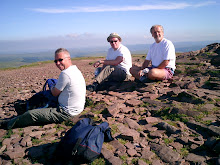


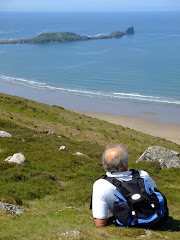


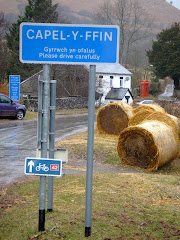
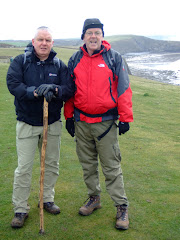


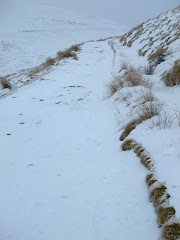


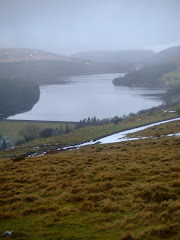





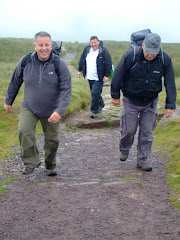








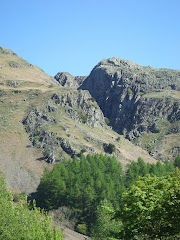
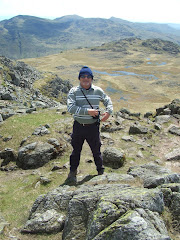
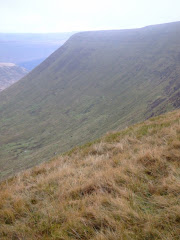

No comments:
Post a Comment